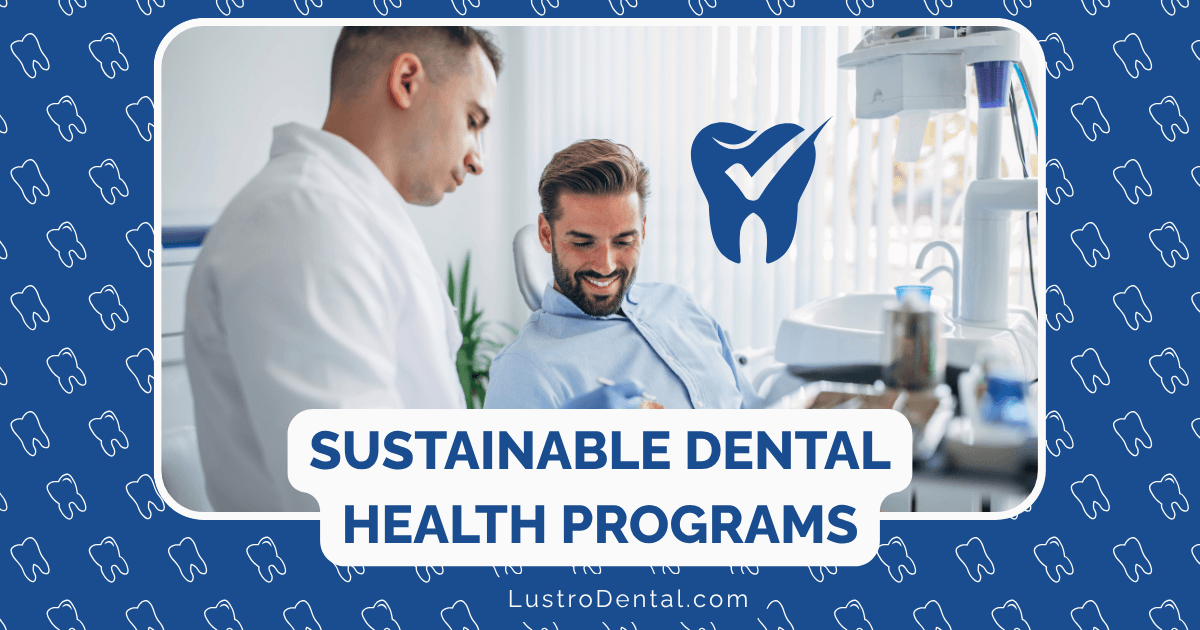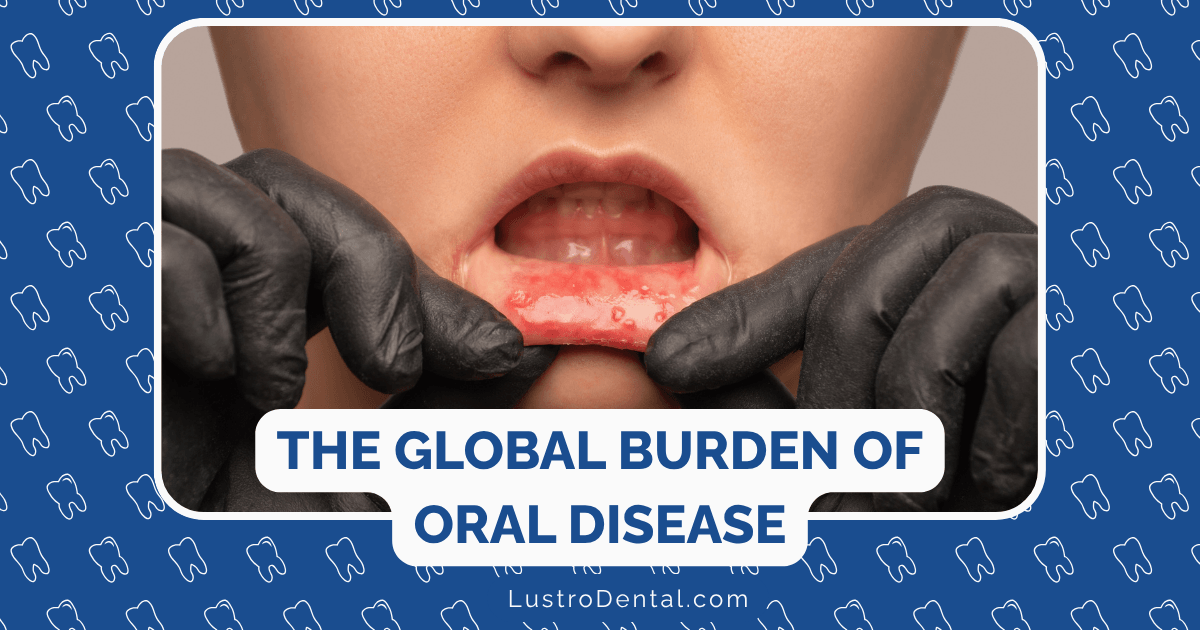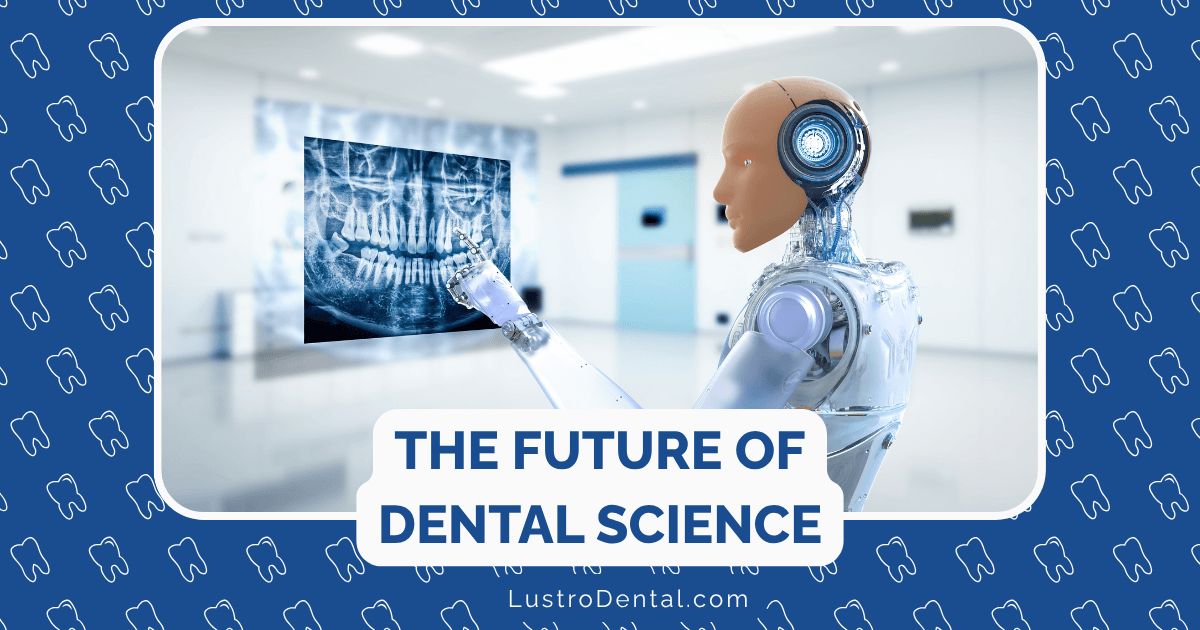Teledentistry: Bridging the Access Gap Worldwide

In a world where approximately 2.4 billion people lack access to basic dental care, innovative solutions are desperately needed. Enter teledentistry—a powerful combination of dental expertise and telecommunications technology that’s revolutionizing how oral healthcare is delivered globally. From rural communities in developed nations to remote villages in developing countries, teledentistry is breaking down barriers and bringing quality dental care to those who need it most.
What Is Teledentistry?
Teledentistry uses digital technologies to provide dental care, consultation, and education remotely. Rather than requiring patients to physically visit a dental office, teledentistry enables:
- Virtual consultations between patients and dental professionals
- Remote diagnosis of oral health conditions
- Treatment planning without in-person visits
- Follow-up care and monitoring
- Oral health education and preventive guidance
According to the American Dental Association, teledentistry encompasses synchronous (real-time) video consultations, asynchronous (store-and-forward) transmission of dental records, remote patient monitoring, and mobile health applications.
The Global Access Gap in Dental Care
To understand the transformative potential of teledentistry, we must first recognize the scale of the dental access problem:
Geographic Disparities
- In the United States, more than 50% of rural counties lack a full-time dentist
- In developing countries like India, approximately 80% of dentists practice in urban areas, serving just 20% of the population
- The African continent has a dentist-to-population ratio as low as 1:150,000 in some regions, compared to 1:2,000 in most developed countries
Economic Barriers
- Dental care is often excluded from universal healthcare systems
- Out-of-pocket costs prevent many from seeking necessary care
- Travel expenses to reach dental facilities can be prohibitive
Workforce Shortages
- The World Health Organization estimates a global shortage of 4.3 million healthcare workers
- Dental professionals are particularly scarce in low and middle-income countries
- Uneven distribution of the existing workforce exacerbates access issues
Research published in the Journal of Telemedicine and Telecare indicates that these disparities lead to preventable suffering, with untreated oral diseases affecting nearly half the world’s population.
How Teledentistry Is Bridging the Gap
Teledentistry addresses these challenges through several mechanisms:
Extending Reach to Remote Areas
By eliminating geographic barriers, teledentistry brings dental expertise to previously unreachable communities:
- Rural Communities: Patients in rural areas can connect with specialists without traveling long distances
- Island Nations: Populations spread across multiple islands can access consistent care
- Mountainous Regions: Communities in difficult terrain can receive consultations despite physical isolation
A study from the University of Rochester Medical Center found that 81.6% of children in a rural teledentistry program completed their recommended dental treatments within six months of virtual consultations—a remarkable success rate for an underserved population.
Reducing Costs and Time Constraints
Teledentistry makes dental care more affordable and convenient:
- Eliminated Travel Costs: Patients save money on transportation, accommodation, and time off work
- Reduced Overhead: Dental providers can serve more patients with fewer physical resources
- Preventive Focus: Early intervention through remote consultations prevents costly emergency treatments
Recent models indicate that teledentistry can reduce overall costs by 25-30% compared to traditional care models, making dental services more accessible to economically disadvantaged populations.
Maximizing Limited Workforce
In regions with dental professional shortages, teledentistry multiplies the impact of available providers:
- Expanded Reach: One dentist can serve patients across a much larger geographic area
- Task-Shifting: Dental hygienists and assistants can perform basic procedures under remote supervision
- Efficient Triage: Dental professionals can prioritize which patients truly need in-person care
Improving Patient Education and Preventive Care
Teledentistry excels at delivering education and preventive guidance:
- Oral Hygiene Instruction: Visual demonstrations of proper brushing and flossing techniques
- Dietary Guidance: Personalized advice on reducing sugar consumption and other oral health risks
- Early Intervention: Identification of potential problems before they require extensive treatment
Studies show that virtual educational sessions have led to a 22% reduction in cavities among children who participated—highlighting the preventive power of teledentistry.
Global Success Stories
Teledentistry initiatives around the world demonstrate its transformative potential:
India’s Satellite-Enabled Teledentistry
The Indian Space Research Organization (ISRO) has established over 1,000 telemedicine nodes across India, including teledentistry services:
Impact: Remote villages now have access to dental consultations that were previously impossible, with preliminary diagnoses and treatment planning available without travel to urban centers.
Key Success Factor: Integration with existing telecommunications infrastructure and government support.
Australia’s Flying Dentist Service + Teledentistry
Australia’s Royal Flying Doctor Service has incorporated teledentistry to enhance its reach:
Impact: Indigenous communities in the Outback receive regular virtual check-ups between in-person visits, ensuring continuity of care despite vast distances.
Key Success Factor: Combination of teledentistry with periodic in-person care for comprehensive treatment.
Pepsodent’s Initiative in Southeast Asia
A corporate-led initiative has brought teledentistry to Indonesia and Vietnam:
Impact: Over 100 million consumers have been reached, with particular focus on making dental care more inclusive and affordable.
Key Success Factor: Partnership between private sector expertise and local healthcare systems.
Mobile Teledentistry in Africa
Several African nations have implemented mobile teledentistry programs that work with limited internet connectivity:
Impact: Communities without reliable broadband can still benefit from store-and-forward teledentistry, where dental images and information are collected and transmitted when connectivity is available.
Key Success Factor: Adaptation to local technological constraints rather than requiring high-bandwidth solutions.
Challenges and Solutions
Despite its promise, teledentistry faces several challenges that must be addressed for maximum impact:
Technology Access and Digital Divide
Challenge: Many underserved populations lack reliable internet access or digital devices.
Solutions:
- Low-bandwidth applications that work on basic mobile phones
- Community access points where teledentistry services are available to multiple patients
- Hybrid models combining occasional in-person visits with remote follow-ups
Regulatory and Legal Frameworks
Challenge: Many countries lack clear regulations for teledentistry practice.
Solutions:
- Advocacy for teledentistry-specific policies
- Cross-border practice standards
- Integration with existing telehealth frameworks
According to a study published in BMC Oral Health, only 31.6% of countries surveyed had specific policies or strategies for teledentistry, highlighting the need for regulatory development.
Clinical Limitations
Challenge: Not all dental procedures can be performed remotely.
Solutions:
- Clear protocols for what can and cannot be addressed via teledentistry
- Effective triage systems to direct patients to appropriate care settings
- Training for dental professionals on maximizing teledentistry’s capabilities
Cultural and Language Barriers
Challenge: Remote care must be culturally appropriate and linguistically accessible.
Solutions:
- Cultural competency training for teledentistry providers
- Translation services integrated into teledentistry platforms
- Involvement of local community health workers
The Future of Teledentistry
The teledentistry market is projected to grow significantly, from approximately $3.2 billion in 2023 to $7.8 billion by 2030. Several emerging trends will shape its evolution:
AI-Enhanced Diagnostics
Artificial intelligence is increasingly being integrated into teledentistry platforms:
- Automated analysis of dental images
- Detection of early caries and other conditions
- Treatment planning assistance
Expanded Scope of Remote Services
The range of services deliverable via teledentistry continues to grow:
- Remote orthodontic monitoring
- Virtual smile design
- Sleep apnea screening and management
Integration with Other Telehealth Services
Teledentistry is increasingly being incorporated into broader telehealth ecosystems:
- Coordination with primary care telehealth
- Integration with electronic health records
- Holistic approach to oral-systemic health connections
Wearable Technology and IoT
The Internet of Things (IoT) is creating new possibilities for remote monitoring:
- Smart toothbrushes that track brushing habits
- Oral sensors that detect conditions like bruxism
- Devices that monitor oral pH and other factors
How to Support Teledentistry Development
For teledentistry to reach its full potential in bridging the global access gap, support is needed from multiple stakeholders:
For Policymakers
- Develop clear regulatory frameworks for teledentistry practice
- Include teledentistry services in public health insurance coverage
- Invest in telecommunications infrastructure in underserved areas
- Support training programs for the teledentistry workforce
For Dental Professionals
- Pursue continuing education in teledentistry best practices
- Advocate for teledentistry adoption in professional organizations
- Participate in research to build the evidence base
- Consider volunteering expertise to underserved communities via teledentistry
For Patients and Communities
- Advocate for teledentistry coverage in insurance plans
- Participate in teledentistry programs when available
- Provide feedback to improve services
- Share positive experiences to increase acceptance
Conclusion: A Digital Bridge to Better Oral Health
Teledentistry represents one of the most promising solutions to the global dental access crisis. By leveraging digital technologies to overcome geographic, economic, and workforce barriers, it has the potential to bring quality dental care to billions who currently go without.
As noted in the Journal of the American Dental Association, “Teledentistry is not merely a technological innovation but a necessary evolution in how we deliver care to meet the needs of underserved populations worldwide.”
The COVID-19 pandemic accelerated teledentistry adoption out of necessity, but its continued growth will be driven by its proven ability to expand access, reduce costs, and improve outcomes. With appropriate investment, policy support, and professional engagement, teledentistry can help create a world where quality dental care is available to all—regardless of where they live or their economic circumstances.
The digital bridge is under construction. With continued effort and innovation, it will connect more communities to the dental care they deserve, one virtual consultation at a time.
Have you experienced teledentistry as a patient or provider? Share your thoughts and experiences in the comments below!







